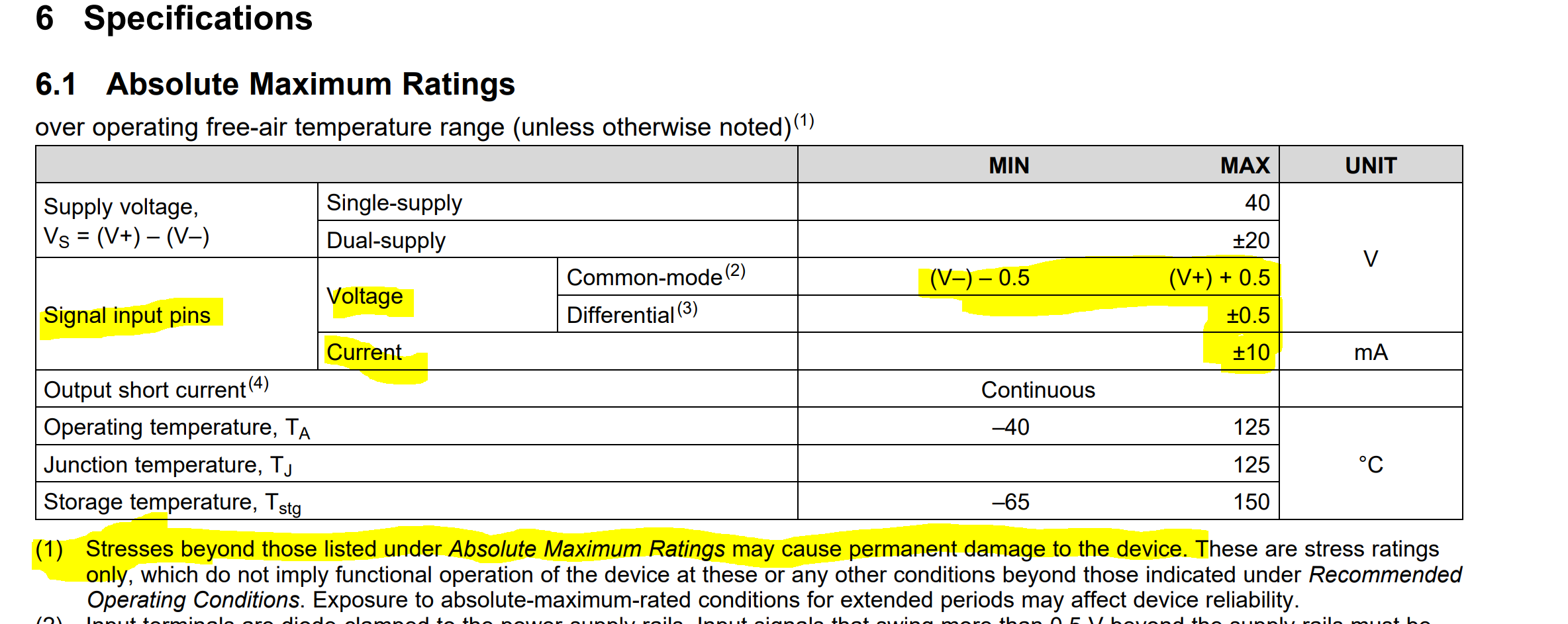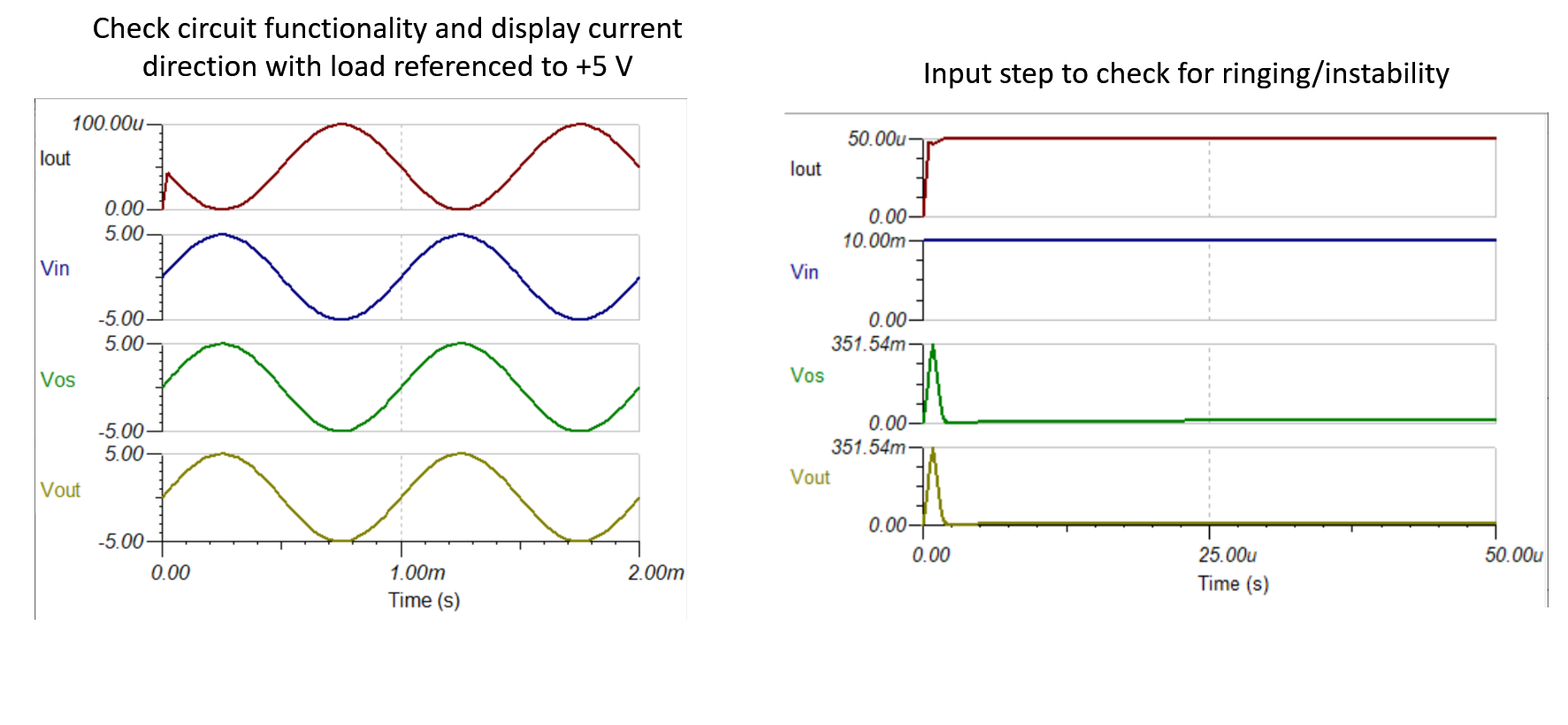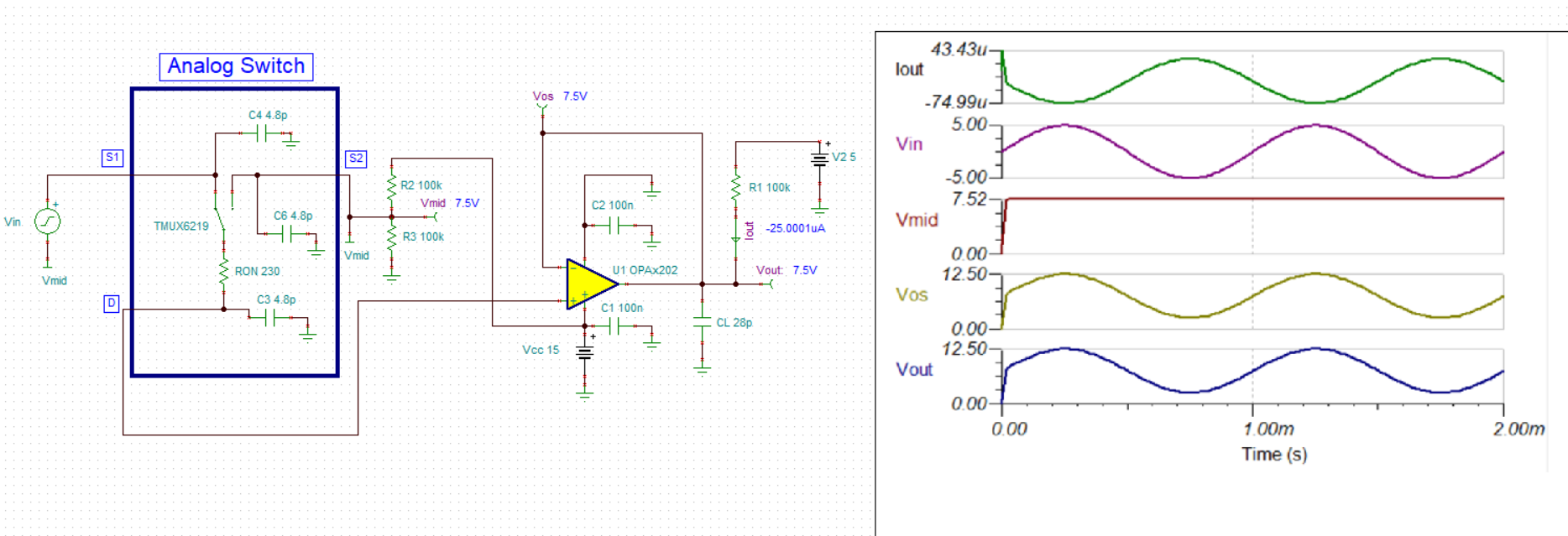Other Parts Discussed in Thread: TPS22810, TMUX6219
Hello Team,
We are planning to use the opamp OPA202 in one of our designs.
The Opamp is used as a buffer.
A 0-10V from an analog signal source will be scaled down to 0-5V (The input voltage range of the internal ADC of the MCU).
However, these analog pins of the MCU where the output of the opamp is connected have some other features like the booting configuration of the MCU (Need only at the time of firmware booting).
So a 10K default pull-down is provided at these pins.
During booting, the power to the opamp will be disconnected using a load switch like TPS22810.
The power will be available at the VCC pin of the OPAMP only after booting is completed.
1). Are there any issues when an OPAMP has an input signal at its input pins and is not powered?
2). What will be the output of the OPAMP if no voltage is applied at the VCC pin and a voltage at the input of the OPAMP?
We need a default pull-down in specific pins of the MCU during booting to set the booting configurations (these pins are connected to the output of the OPAMP too to measure the input voltage).






